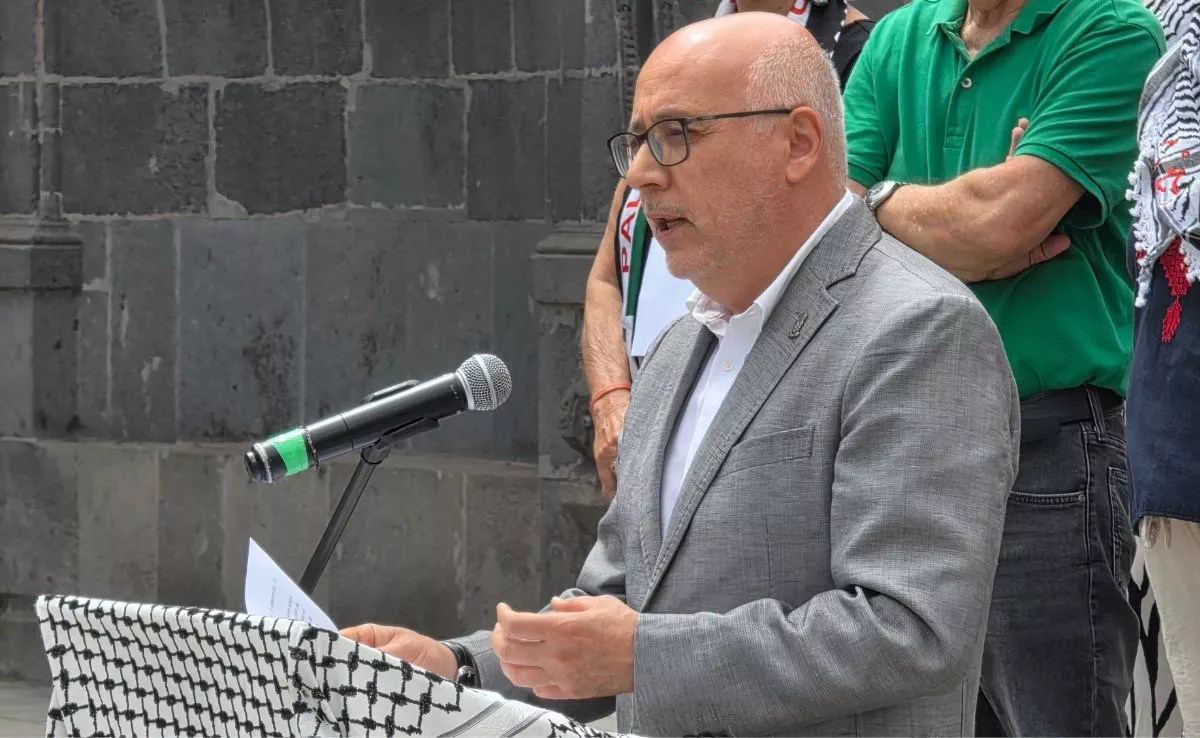
The advisor of the Primary Sector of the Cabildo of Tenerife, Valentín González, the manager of Balten, Ana Sánchez, and a representation of Asaga and farmers from the northern and southern regions of the island will meet this Monday to seek solutions to the water crisis that the island is suffering this summer and that puts the next harvests at risk.
In statements to Europa Press, the general secretary of Asaga, Theo Hernando, demands that measures be taken in the short term, because the summer is being “quite dry”, but especially for the future, given the difficulties that farmers have in accessing the water.
Hernando highlights that there are “intermittent outages” and a general lack of water, especially from the Balten network (which, however, does not supply 100% of the island’s irrigation water), something that he attributes to a very warm first period that motivated the In the month of March, farmers and consumers will use water “as if it were summer.”
Along these lines, he explains that there has been “more demand than usual” which has also coincided with the works to improve the Taco pond, in Buenavista, whose work “took longer” and there was no time to fill it and have storage.
In addition, the Valle Molina pond, in the northeastern region, “is practically empty” because the pumping of regenerated water from Valle de Guerra is not enough and in the southern area there was a break in Fonsalía and Lomo del Balo “in the middle of the wave “heat” that left farmers unable to irrigate for two weeks.
“We have had many problems,” he points out, also in La Orotava, with low storage levels in some ponds.
Hernando does not hide that the management of the ponds “is very complex” because “the water is what it is and the production is what it is” and with the heat the demand multiplies, also aggravated by the increase in tourism in summer and the needs of farmers and households. “Since March we have been like this,” he adds.
For this reason, it demands that “urgent works” be carried out in regeneration to be able to reuse urban water, solve discharges into the sea, which “are very serious”, and try to maintain coastal areas with “acceptable” water levels so that It is not consumed from the galleries, which are more reserved for the middle areas.
Hernando warns that the galleries “have increasingly less quality” because although there is water “it cannot be irrigated due to the high conductivity”, and the regeneration is not enough to cover all the demand so they continue “exploring new avenues for water sources and be more efficient in irrigation.”
“Demotivation” among farmers
Along these lines, he regrets that there is “demotivation” among farmers facing the winter harvests because many are hesitant about the possibility of losing the investment given that “there is no 100% guaranteed water.” “Now the Christmas potato campaign begins and there is tremendous uncertainty,” he says.
Thus, it indicates that a cultivation plan involves a “tremendous investment” in preparing the farm, plowing, fertilizing or watering, plus machinery and personnel, and the problem is that it does not ensure availability of water.
“No one would like to open a business without having guaranteed electricity. Who opens a restaurant or a store without having guaranteed electricity? If we do not have water we cannot produce and we lose that investment,” he concludes.















